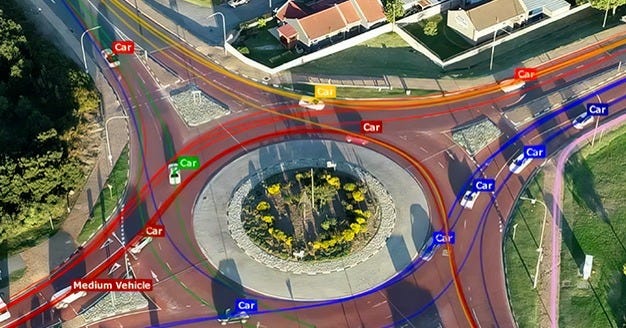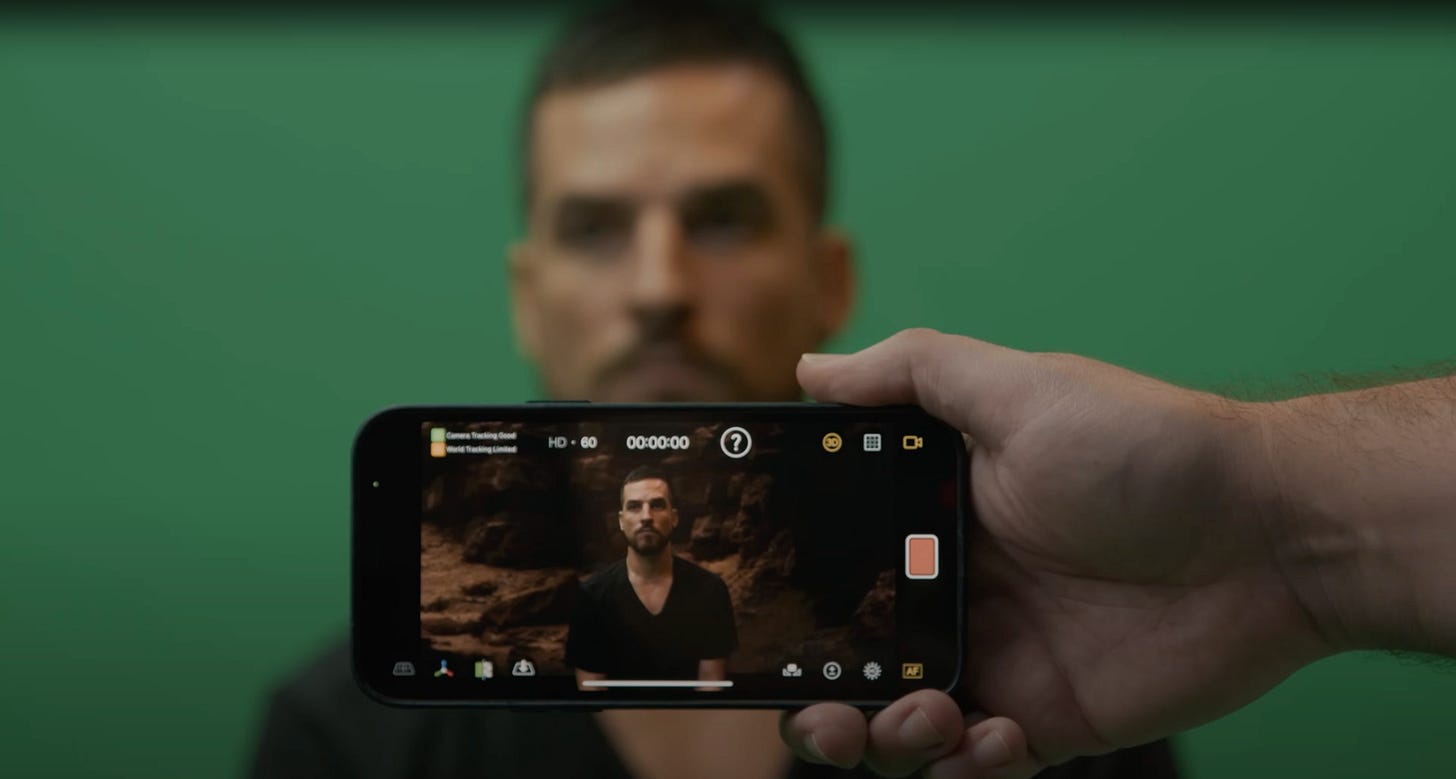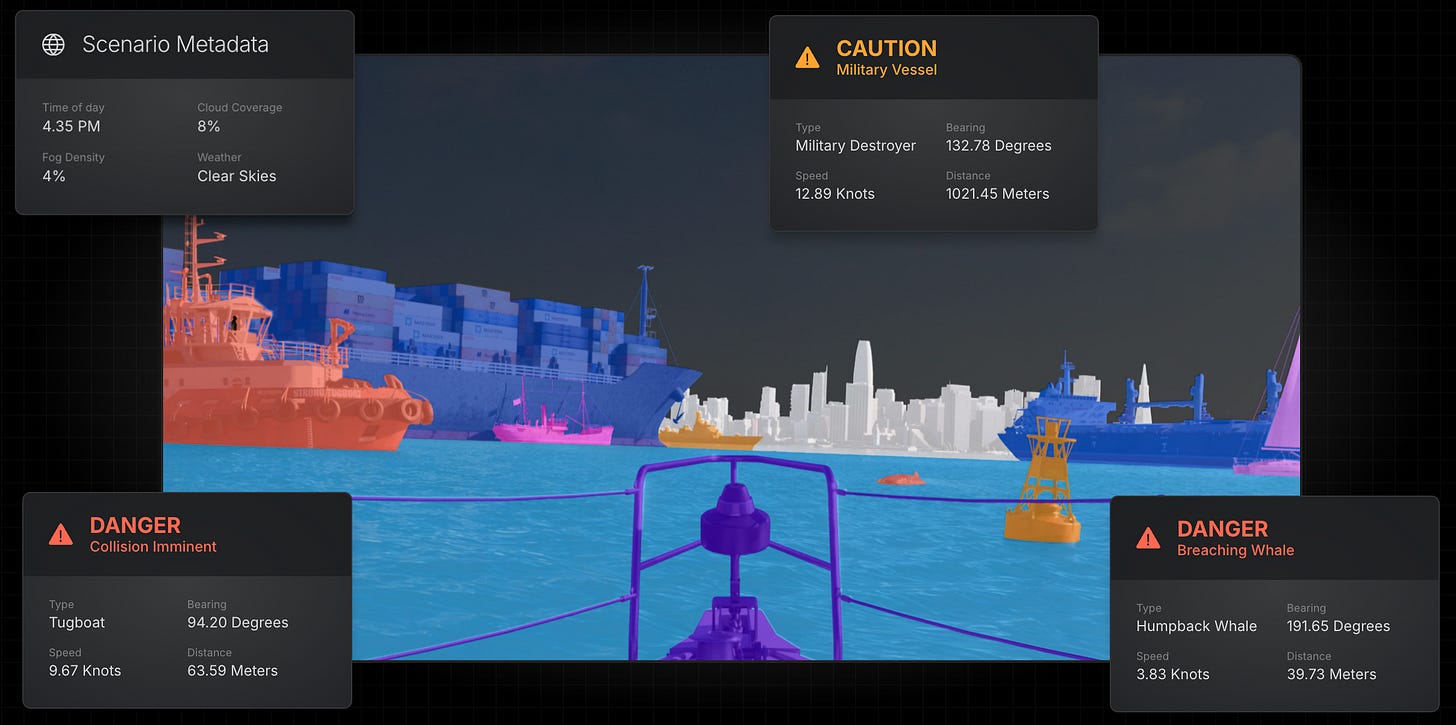Forget LLMs. Meet AI World Models.
The future of AI isn’t text or images. It’s worlds.
Last week, Google dropped Genie 3—a model that can spin up explorable worlds from a text prompt, image, or video. More than a demo, it marks a turning point: the rise of AI world-simulators capable of training robots, modeling cities, and creating immersive realities for humans to inhabit.
For the first time, we’re watching AI cross the threshold from offline content generator to a real-time world engine. And that shift has implications far beyond gaming or entertainment. It forces us to ask: what happens when synthetic realities become as significant as the physical one?
In my new video, I break it all down—from Google Genie 3 and NVIDIA Cosmos to the companies powering synthetic training data like Parallel Domain and Bifrost. We’ll explore the opportunities, the challenges, and the bigger question of what it means when these simulations stop being experiments—and start becoming the infrastructure of tomorrow.
Watch the full video to step into these synthetic realities:
YouTube Chapter Links:
00:00 - Introduction
00:39 - Dream Worlds at 24 FPS
01:46 - Painting the Third Dimension
03:03 - The World Model Wars
05:27 - Robot Jungle Gyms
08:23 - Synthetic Data Revolution
11:06 - Cities That Think
14:07 - The Holodeck Approaches
17:49 - The Rendering Stack of Reality
From Media to Reality Infrastructure
AI began as pattern recognition: classify an image, autocomplete a sentence, generate a clip. But world models like Genie 3 reveal the next stage — systems that predict and simulate environments, physics, and continuity.
For robotics: a dream loop where machines “train” in synthetic worlds, rehearsing skills before acting in ours. This is where NVIDIA’s Cosmos comes in—designed as a foundation model for “physical AI,” it combines generative worlds with structured physics to keep robots grounded in reality.
For cities: digital twins that capture not just how things look, but how they behave — traffic, weather, energy grids, and more. Tools like Omniverse use a hybrid approach, fusing classical 3D simulation with generative models to create high-fidelity, editable environments that scale from intersections to entire urban systems.
For creativity: what once required studios, asset libraries, and huge budgets now collapses into a phone—virtual production in your pocket, worlds generated in real time. The same hybrid pipelines that train robots and model cities also unlock new workflows for filmmakers, designers, and everyday creators.
Check out some recent discussion over on X about World Models:
On The Horizon 🔭
Genie 3 is just the beginning. It points to a future where AI expands from producing media to shaping entire realities. What matters now is which systems evolve into the trusted simulators of the world—platforms reliable enough to host the future of human experiences. Whoever wins that race won’t just shape entertainment, but the infrastructure of the future.
If this gave you something to think about, share it with fellow reality mappers. The future's too interesting to navigate alone.
Cheers,
Bilawal Sidhu
https://bilawal.ai





Getting best of both the worlds-- real and virtual, in 3D.